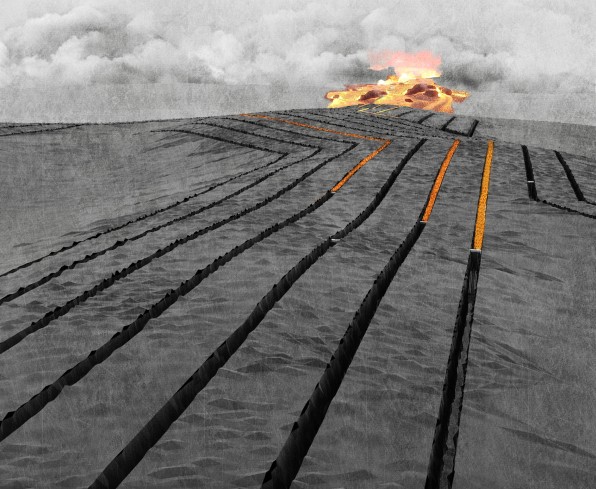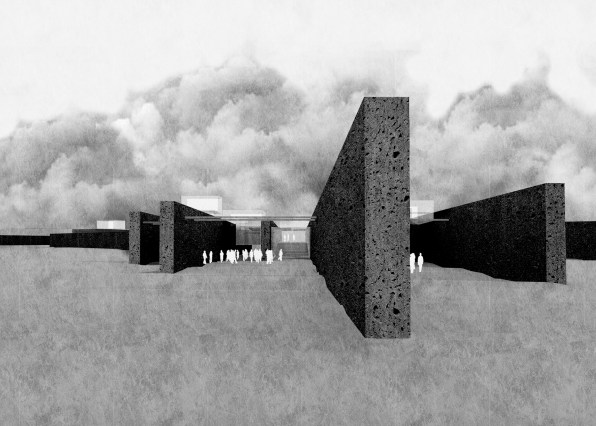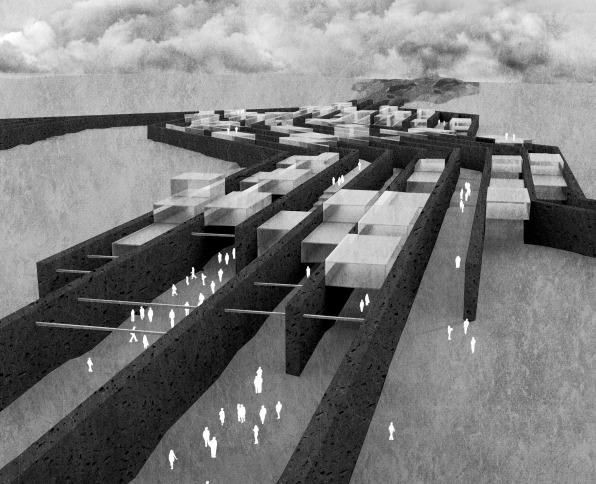When I first sat down to speak with the Icelandic architect Arnhildur Pálmadóttir, I was a little skeptical. Since 2018, her firm, SAP, has been researching how to harness molten lava from Iceland’s myriad volcanoes, and use it as a natural building material.
The concept seemed wildly eccentric, but the more she spoke, the more I realized something. If humans can drill for oil 20,000 feet beneath the ocean, why couldn’t we put in the same kind of effort to harness another material that springs from the earth?

The architect’s exploration has now culminated in a project called Lavaforming, which was recently the subject of an exhibition in Reykjavík. The idea came as a radical response to the climate crisis.
Currently, construction and building materials are responsible for 11% of annual global CO2 emissions. This has resulted in a growing movement among architects and developers to use materials that have a lower carbon footprint than concrete and steel, and are sourced locally: Think adobe for much of Africa, bamboo for China, and even agave waste for Mexico.

In Iceland, lava felt like such an obvious contender that Pálmadóttir was genuinely surprised no one had thought of it before. “We don’t have many natural resources, we have stone and lava fields,” she says.
Now, the architect has unveiled three ideas for how the lava would be harnessed: digging trenches for lava to flow into when a volcano erupts, drilling into magma (before it erupts and turns into lava), and 3D-printing bricks with molten lava. The proposal is focused on Iceland but it could apply to the 1,500 other active volcanoes that are scattered around the globe.

Here’s how it could work. The first scenario relies on a natural eruption, which in Iceland happens every five years on average. (The last one occurred in March 2021, 25 miles southwest of the capital Reykjavík, but as National Geographic reported, it may have kick-started decades of frequent volcanic eruptions.)
So the next time a volcano erupts, slow-flowing lava would trickle into a network of pre-dug trenches. These could be used to redirect the lava and protect critical infrastructure nearby. The trenches could also be used to form the foundations for a new city since lava cools into solid rock. And if you were to dig out the soil around the trenches, now filled with solidified lava, those trenches could become walls.
In this scenario, architects would rely on prediction


